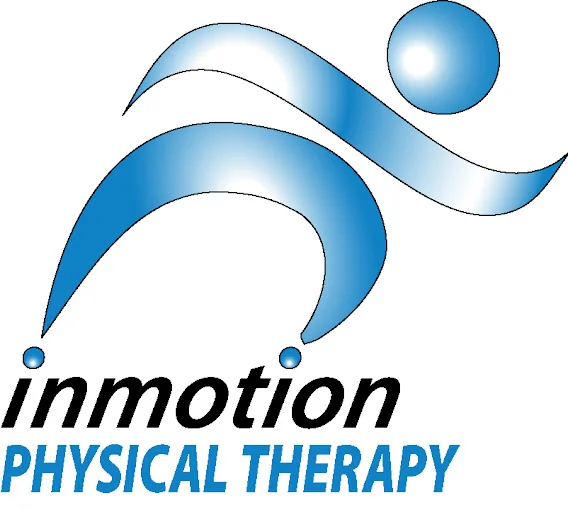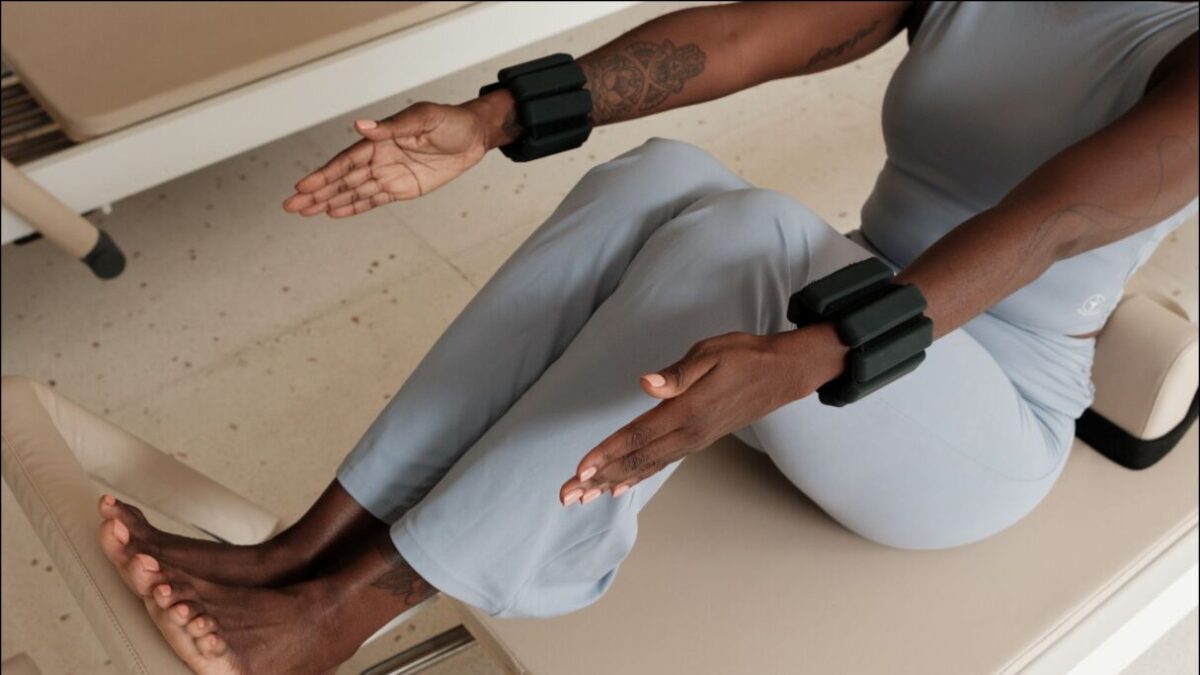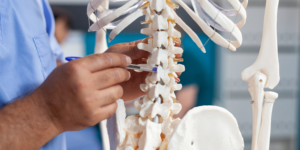Gymnastics is an impressive and rewarding sport, yet it presents significant physical challenges to its participants. It is a high-impact sport with one of the highest injury rates among youth sports, particularly for female athletes. NCAA gymnasts have a higher injury rate than football players!1
As Doctors of Physical Therapy specializing in gymnastics, we often encounter questions about the high injury rates in the sport. Several factors contribute to this increased risk.
Gymnastics has the earliest average age of single-sport specialization at just 8.9 years old. This early specialization places significant stress on young, developing bodies.
The time commitment required for gymnastics is substantial, with long practice hours and an extensive competition season leaving little time for adequate recovery.
Many gymnasts face the challenge of Relative Energy Deficiency in Sport (REDs), which can lead to compromised bone health and other physiological issues.
Understanding these risk factors is crucial for prevention, early intervention, and effective treatment.
This blog post will provide an in-depth look at the five most common gymnast injuries we encounter in our practice here at In Motion Physical Therapy.
1. Lower Back Pain in Gymnasts
Lower back pain is a frequent complaint among gymnasts. Hyperextension during skills such as back walkovers, layouts and back handsprings put repetitive, compressive forces on the spine.
You can read more in-depth about gymnast lower back pain in our blog post HERE.
Causes: Repetitive stress from skills and landings can lead to muscle strains, stress fractures, or more serious conditions such as spondylolysis (stress fracture in the vertebrae).
Symptoms: Gymnasts report a dull ache or sharp pain in the lower back, often worsened during back bending or landing. (In our experience gymnasts tend to under report their pain levels, so please take them seriously!)
Treatment:
- Thorough assessment to determine the exact cause of pain. Many times a lower back injury will be due to tightness in shoulders or hips. A full body movement assessment is vital for gymnasts to determine the root cause of the pain.
- Imaging is vital in this population of athletes because fractures are serious and unfortunately common in young female gymnasts.
- Manual therapy techniques to address muscle imbalances and reduce pain, Instrument assisted soft tissue mobilization, cupping, joint mobilizations and manual resistance are common techniques used with our patients. Although gymnasts may report feeling “tight”, stretching usually is not the answer.
- Specific exercises to strengthen core and spinal stabilizers. During the assessment process, we take strength measurements to determine what areas are weak and to track progress.
- Education on proper technique and body mechanics. Correct form with backbends, landing from jumps and other important repetitive movements is vital to back health. If a gymnast returns to sport using the same back walkover technique as before, their back pain will most likely return.
2. Sever's Disease + Osgood-Schlatter's Disease in Gymnasts
These are growth-related conditions that affect the growth plate of the athlete. Sever’s disease, or calcaneal apophysitis, affects the heel. Osgood-Schlatter’s disease affects the front of the knee.
Both of these conditions often present themselves during growth spurts. Bone growth outpaces the ability of the muscle and tendon to stretch and strengthen through the new range of motion.
Causes: Rapid bone growth outpaces tendon and muscle growth. This creates tension at the Achilles tendon to the heel bone or patellar tendon to the kneecap.
Symptoms: Pain in the back of their heel (severs) or below the kneecap (osgood schlatters). The pain often gets worse during or after activity. Gymnasts usually have pain with jumping, landing, and running.
Treatment: Our evidence-based approach includes:
- Activity modification to manage load on the affected area. The first line of treatment against these conditions is to limit the impact on the joint. Placing rep limits on certain skills and modifying landing surfaces helps control pain.
- Specific stretching protocols for calf muscles and Achilles tendon. Improving muscle flexibility and pliability reduces the stress on the tendon.
- Manual Therapy and Taping/Bracing Techniques. Interventions such as instrument assisted soft tissue mobilization help reduce inflammation and bring blood flow to the tendon. Taping can temporarily reduce the stress put through the tendon.
- Strength Program specific to lower body strength. Increasing strength of the muscles will help the tendons absorb force more effectively. The strength program should be comprehensive and include all muscle groups.
- Plyometric Training with a gradual return-to-sport program (emphasis on good landing patterns). Graded exposure to jumping, landing, and varying surfaces is critical to a successful return to sport.
Check out this video on correct landing technique for gymnasts
3. Achilles Tendonitis & Achilles Tear in Gymnasts
The Achilles tendon absorbs force in all landing and jumping movements with gymnastics. Think of how many skills require a healthy achilles!
Due to this overload, it is susceptible to both chronic inflammation (tendonitis) and acute injury (tear). It is believed that accumulating microtrauma (tiny tears with tendonitis) contributes to sustaining an Achilles Tear.
This is a devastating injury that takes over a year to recover from and is extremely difficult due to the high-impact nature of the sport.
Causes: Overuse is the primary factor in tendonitis, while sudden force or cumulative stress over years can lead to tears. Landing surfaces are contributing factors to this injury.
Symptoms:
- Tendonitis: Pain and stiffness along the posterior leg near the heel, often worse in the morning or after activity.
- Tear: Sudden “pop” sensation followed by severe pain and difficulty walking. Most people say that it feels like someone kicked them in the back of the leg (really, really, hard)
Treatment: Our approach varies based on the severity:
- For tendonitis:
- Manual Therapy to decrease inflammation and decrease pain levels
- Isometric strengthening exercises
- Eccentric strengthening exercises
- Load management/surface modifications
- For tears: Immediate medical referral, often requiring surgical intervention followed by extensive rehabilitation
4. ACL Tear in Gymnasts
Anterior Cruciate Ligament (ACL) tears are severe injuries that can significantly impact a gymnast’s career.
Causes: Often occurs during sudden stops, direction changes, or landings, particularly during dismounts or floor routines.
Symptoms: Athletes typically report a “popping” sensation in the knee, followed by severe pain, swelling, and instability.
Treatment: Most ACL tears require surgical reconstruction, especially in a young, athletic population. Our role includes:
- Pre-operative rehabilitation to improve recovery time after surgery (Link to ACL prehab post)
- Post-operative rehabilitation following established protocols
- Neuromuscular re-education to restore proper movement patterns
- Comprehensive return-to-sport testing to ensure safe return to gymnastics
5. Concussion in Gymnasts
Concussions, while often associated with contact sports, are also a significant concern in gymnastics due to the risk of falls during routines.
Causes: Concussions in gymnastics typically occur from falls during dismounts, collisions with equipment, or impact during tumbling routines.
Symptoms: Athletes may experience:
- Headache or pressure in the head
- Dizziness or balance problems
- Confusion or difficulty concentrating
- Sensitivity to light or noise
- Nausea or vomiting
- Changes in sleep patterns
Treatment: Concussion management requires a multidisciplinary approach:
- Immediate removal from activity and medical evaluation
- Rest and gradual return to cognitive and physical activities
- Vestibular rehabilitation to address balance and visual issues
- Careful monitoring and Return-to-Sport protocol
- Education for athletes, coaches, and parents on concussion signs and management
It’s crucial to note that no two concussions are alike, and management should be individualized. Your medical team should consist of a neurologist, physical therapist or athletic trainer, and other specialists to ensure comprehensive care for concussed athletes.
Common Gymnast Injuries: The Importance of Specialized Care
While these injuries are common, they are not inevitable. At In Motion Physical Therapy, we specialize in treating gymnasts and understand the unique demands of the sport. Our approach combines evidence-based practice with sport-specific knowledge to provide comprehensive care.
Early intervention is key in managing these conditions effectively. If you or your young athlete is experiencing any of these symptoms, we encourage you to seek professional evaluation. Our team of experienced physical therapists is equipped to provide thorough assessments, develop personalized treatment plans, and guide athletes safely back to their sport. We even do this BEFORE pain or injury begins.
Remember, proper training techniques, adequate rest, and regular physical therapy check-ups can significantly reduce the risk of these injuries. We’re committed to keeping gymnasts healthy, strong, and performing at their best.
For more information or to schedule an evaluation, please contact our office. Let’s work together to ensure a safe and successful gymnastics journey.



